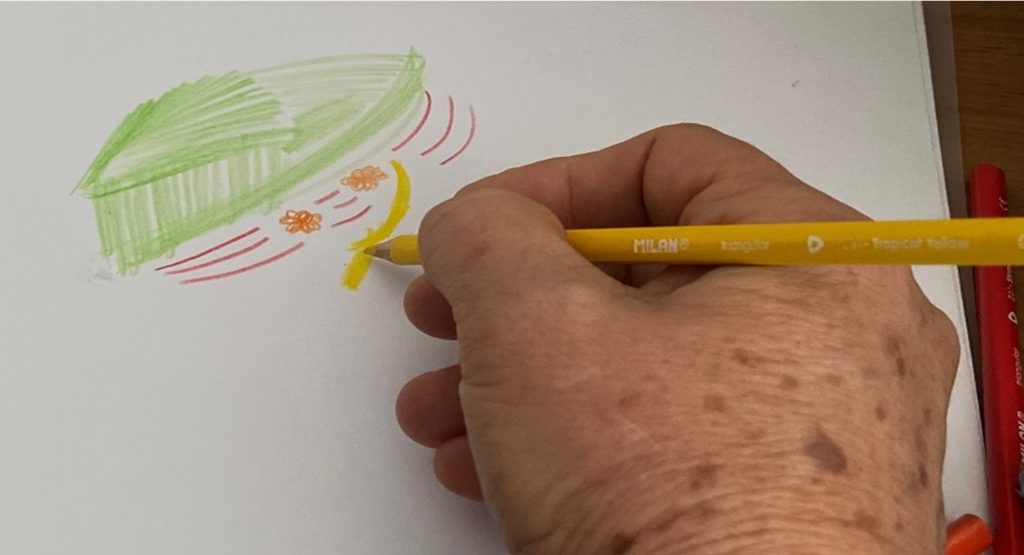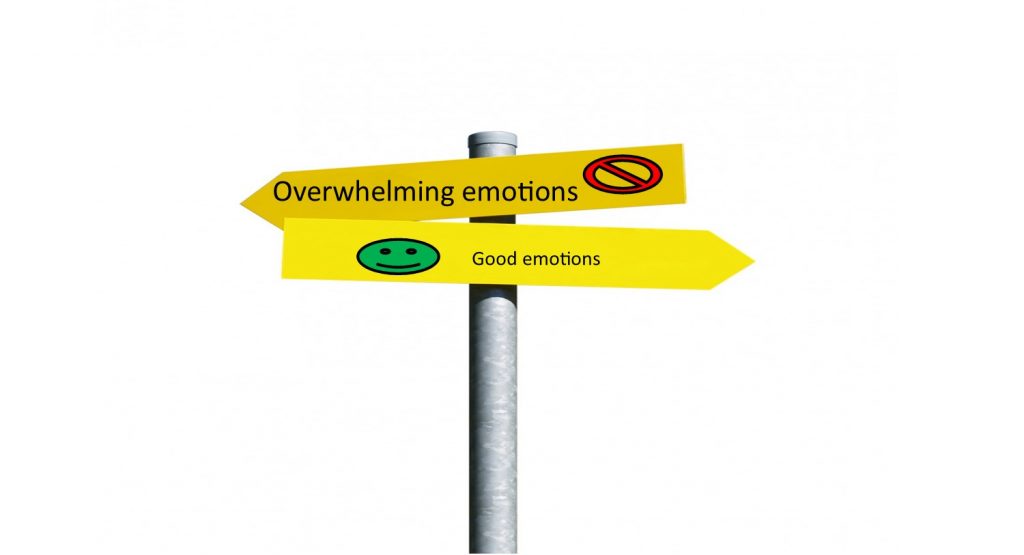
If you had a childhood with abusive parents, preoccupied parents, distant parents, a parent or parents who left, narcissistic parent/s, sexual abuse and any form of trauma, in adulthood you will most likely have at least one “inner child wound”.
These are:
- Abandonment wound.
• You often feel “left out”
• You fear being left.
• You hate being alone.
• You depend on other people who depend on you.
• You often threaten to leave
• You seem to attract emotionally unavailable people - Guilt wound.
• You feel “sorry” or “bad”. You may think you are “damaged” or “always wrong”
• You don’t like to ask for things
• You may use guilt to get others to meet your needs
• You are likely to be afraid to set boundaries
• You seem to attract people who make you feel “wrong” and “guilty”. - Trust wound.
• You are afraid of being hurt.
• You don’t trust yourself.
• You look for evidence that other people cannot be trusted.
• You feel insecure and need a lot of validation from other people.
• You don’t feel safe.
• You seem to attract people who don’t feel safe. - Neglect wound.
• You struggle to let things go.
• You have low self worth.
• You get angry easily.
• You struggle to say “no”
• You stuff your emotions down where you can’t feel them.
• You are afraid of being vulnerable.
• You seem to attract people who don’t appreciate you and take you for granted. Or you attract people who constantly need you to make them feel “seen”.
It is scary feeling that way.
These feelings stop you from enjoying life. They prevent you feeling worthwhile. They are like the “fly in the ointment” that stops things you do in life being satisfying and enjoyable.
These feelings constantly seem to destroy the things you enjoy doing.
So what can you do about it?
The best approach is to see a trauma qualified counsellor. When you come to a counsellor like me, you can learn how to heal these wounds and how to move forward in life.
There are a range of therapeutic approaches I use to treat these wounds. What I use will depend on you and your needs.
The important thing to remember is that your wounding is totally understandable. The impact of this wounding on your life is very understandable. And it is possible to heal from this. There are no rapid cures, but steady progress is possible to work through your wounding.
If you would like to talk to me about how I can help you with your childhood wounding, please contact me on 0409396608 or nan@plentifullifecounselling.com.au
If you would like to learn more, I write a regular newsletter with interesting information, tips, information on courses, and the occasional freebie. At the moment I have a free mindfulness meditation for anyone who signs up to my newsletter. This meditation offers a way to safely explore your feelings and learn to be okay with them. If you would like to subscribe please click on the link here: http://eepurl.com/g8Jpiz









